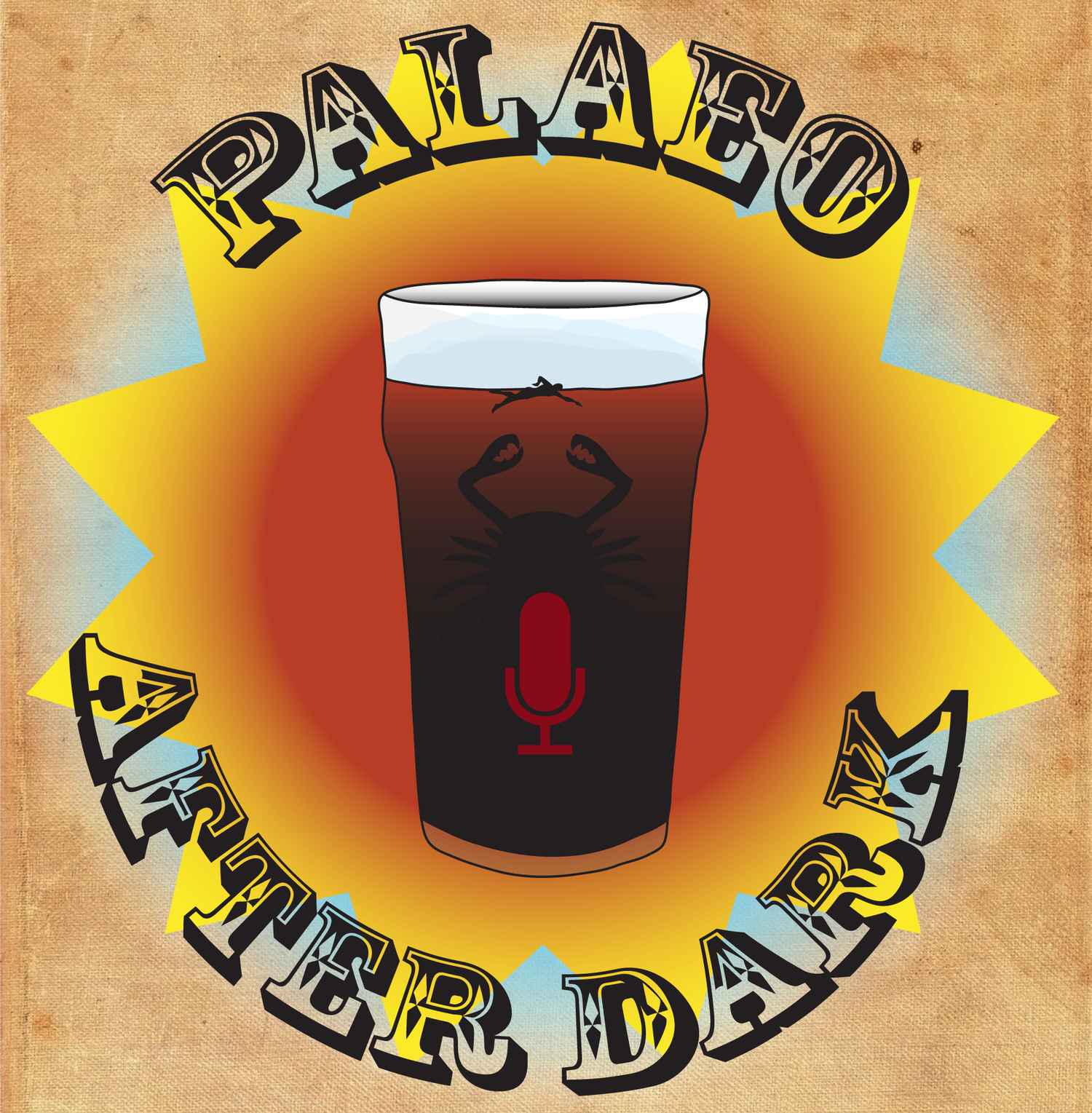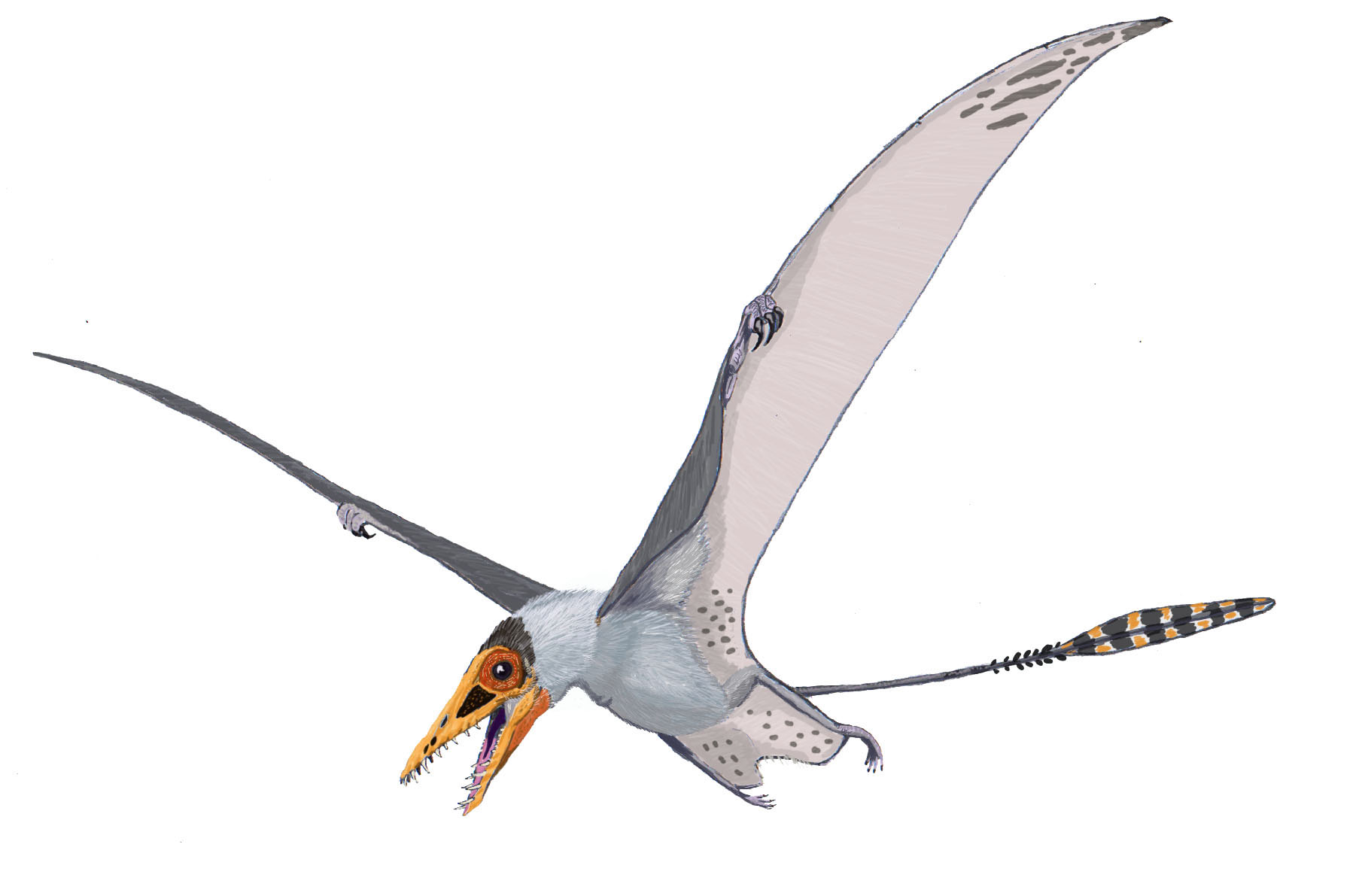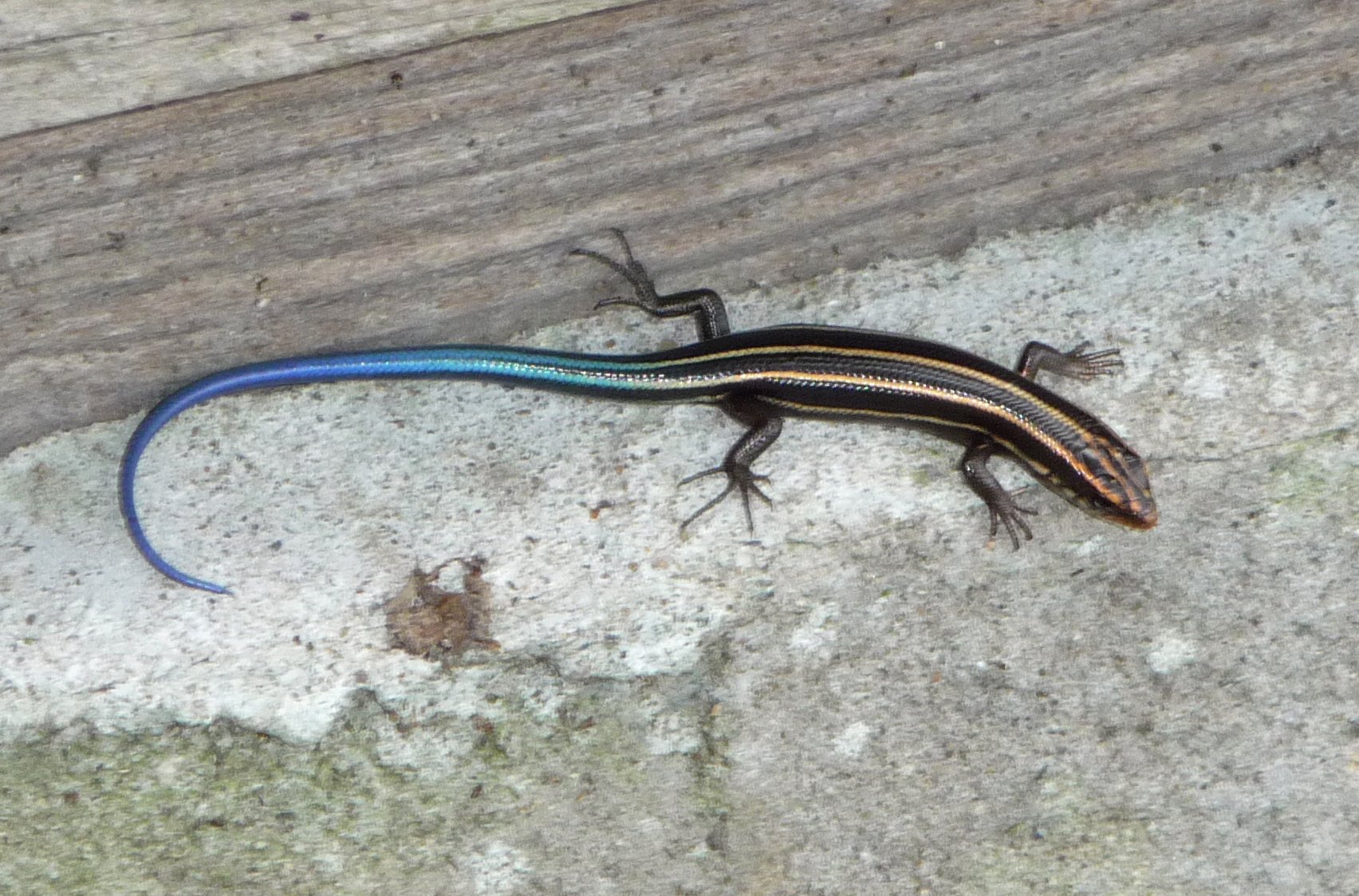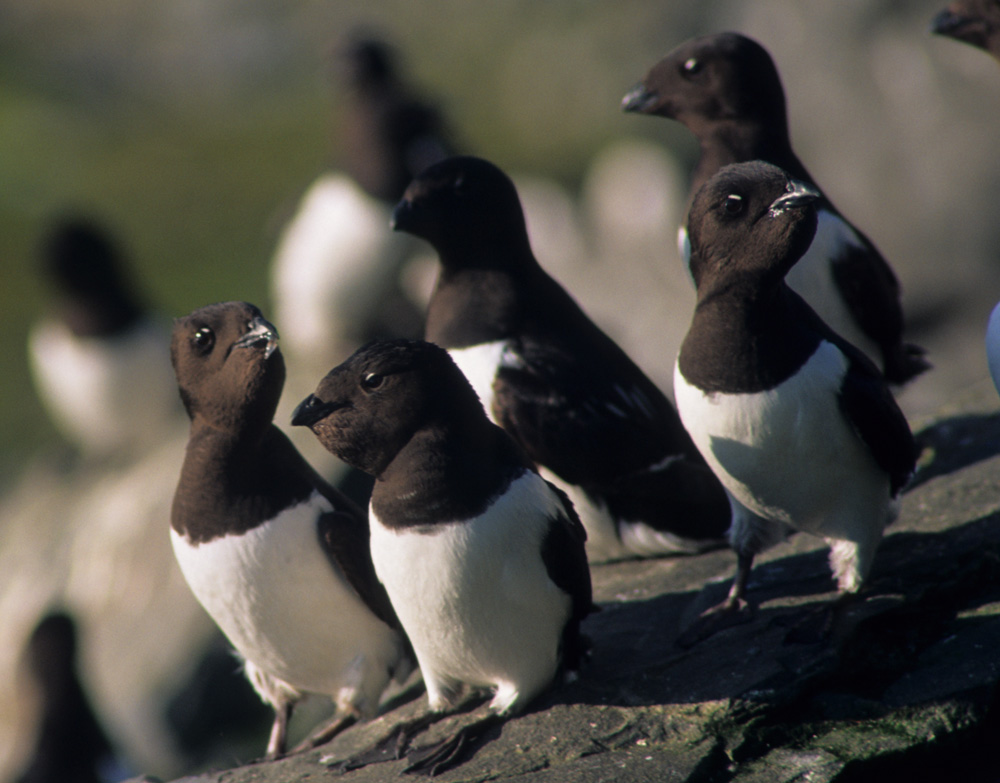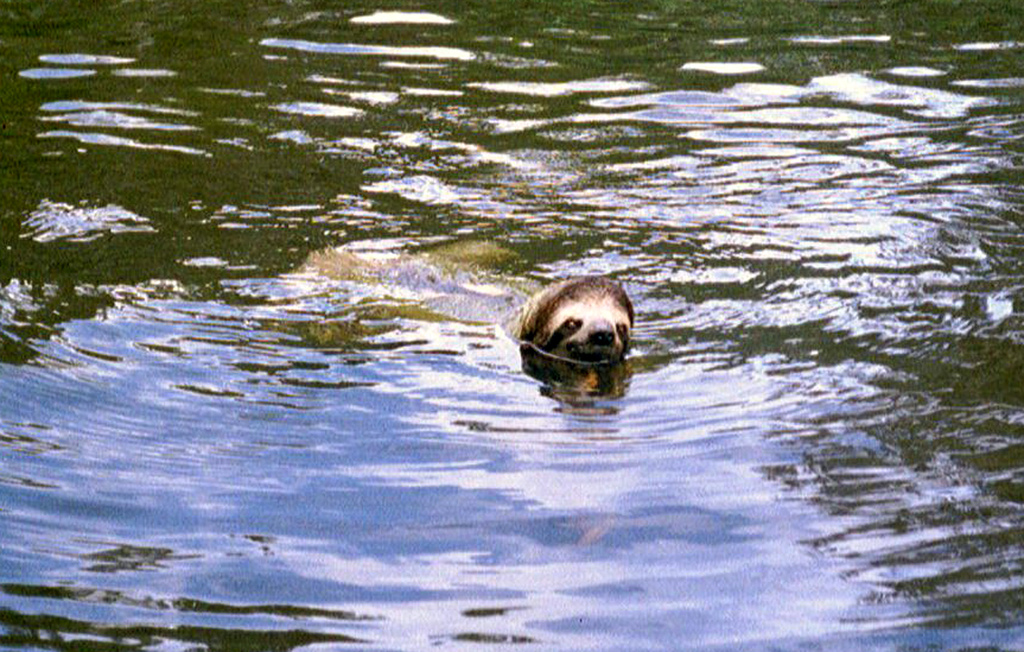Podcast 148 - Pterosaur Pelvises
/The gang discusses two papers that use the pelvis and spine material from pterosaur fossils to infer locomotion of these extinct flying archosaurs, Specifically, we talk about how muscle attachment structures as well as channels within the bones can be used to infer the mobility of ancient animals. Also, Amanda tries to resist talking about food, James makes boner jokes, and Curt ends up writing odd crossover fan-fiction.
Up-Goer Five (James “Oh God I Need an Adult” Edition):
The group look at two papers that are studying the dead animals that can fly but do not have anything covering their bodies. The first paper looks at how the part of the flying animal with nothing on their bodies that holds the legs and also where animals have to touch to make babies (here after: the fuck box) is different in different animals. The paper shows that the fuck box looks different in baby animals to grown animals, and that we need to recognize babies so that we don't make bad ideas about how these animals changed through time. They also show that the fuck boxes in the earliest of these animals look a little more like the fuck boxes of babies, but that they are very definitely actually over 18. They also show that there are at least two different types of fuck boxes in these animals, and this means that these animals would have walked in different ways to each other.
The other paper looks at the fuck box and back of a small animal that could fly that is not covered in stuff and looks at the spaces in it to see how the bits that make the animal go looked like. The spaces for the bits that make the animal go show that it had big legs, and probably was good at walking, even though it was small and would not have needed to be good at walking. It has family that got very big though, and it seems that these big family friends would have been good at walking too.
References:
Hyder, Elaine S., Mark P. Witton, and David M. Martill. "Evolution of the pterosaur pelvis." Acta Palaeontologica Polonica 59.1 (2014): 109-124.
Martin‐Silverstone, Elizabeth, Daniel Sykes, and Darren Naish. "Does postcranial palaeoneurology provide insight into pterosaur behaviour and lifestyle? New data from the azhdarchoid Vectidraco and the ornithocheirids Coloborhynchus and Anhanguera." Palaeontology(2018).
